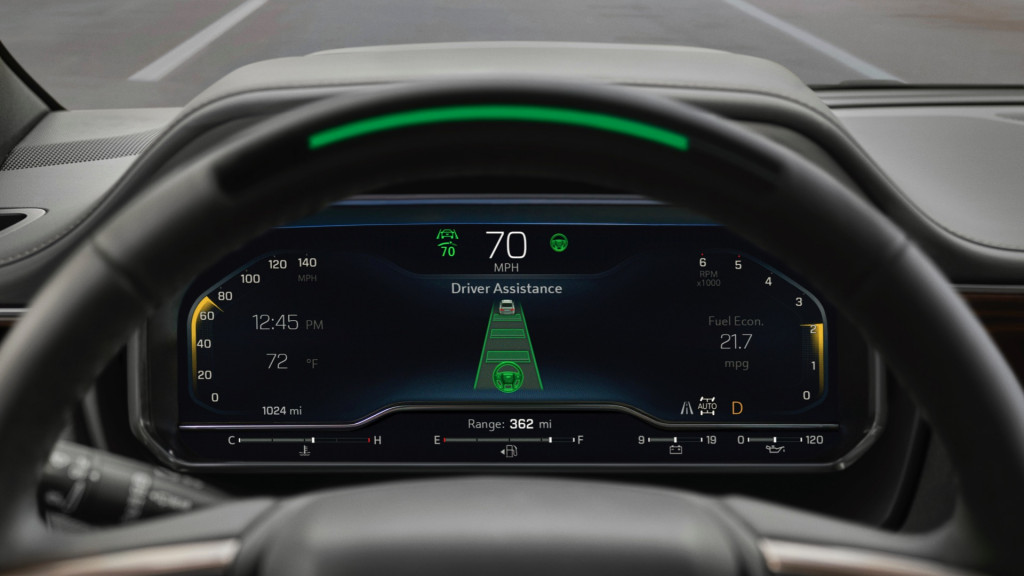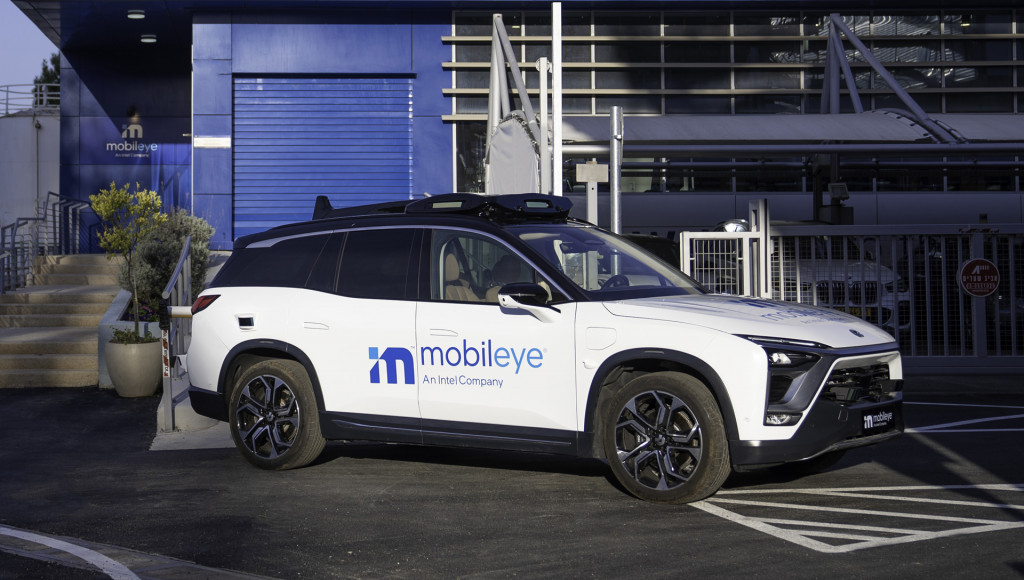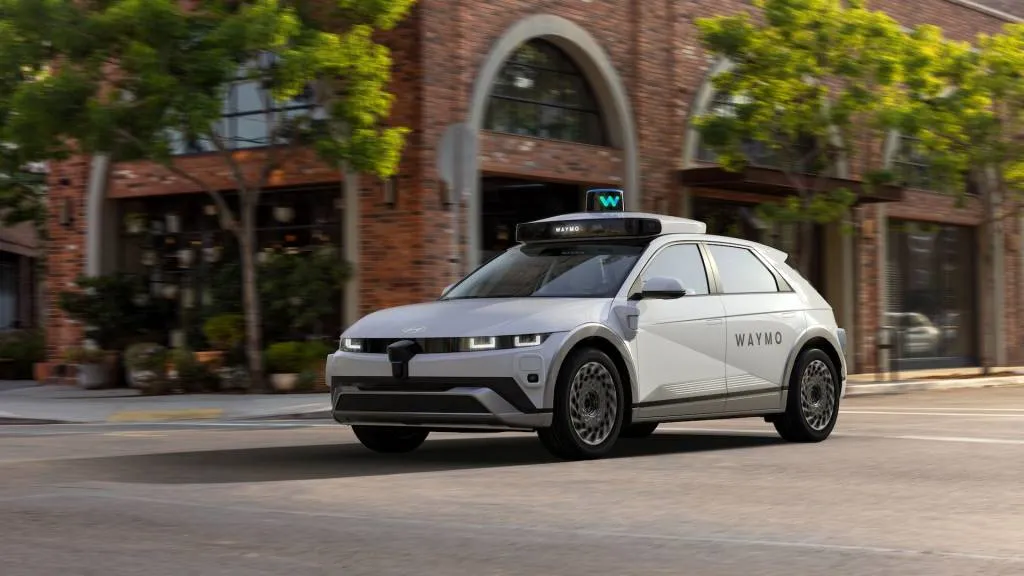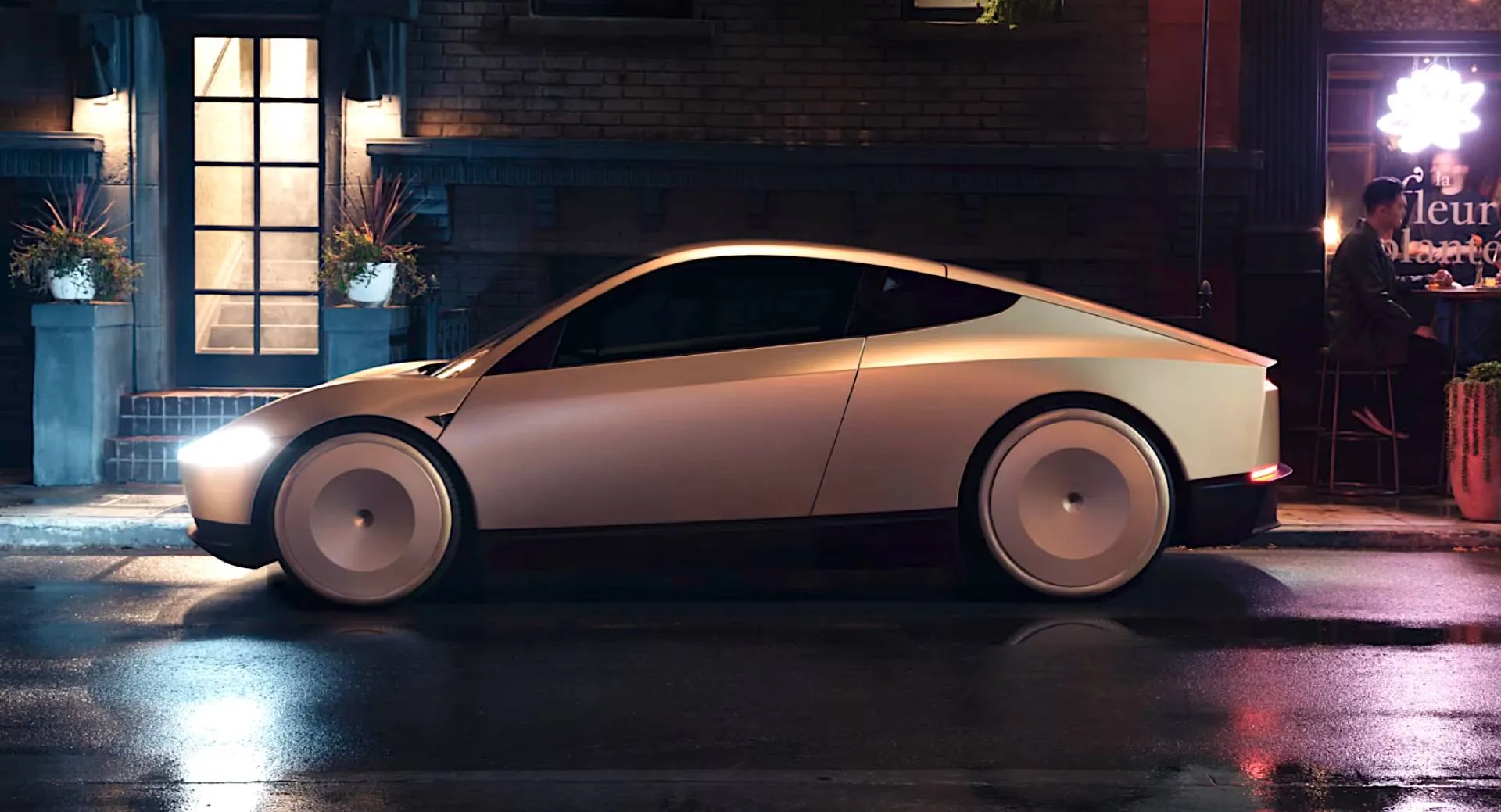While the stuff of sci-fi may rapidly become a reality, there are many regulatory hurdles and practical unknowns to overcome. The biggest barrier to a self-driving car is that none actually exist that a consumer can buy. No matter how automakers and mobility companies mislabel their semi-autonomous driving systems, especially and controversially Tesla with its “Full Self-Driving” misnomer, no vehicles on the road today meet the qualifications of being a self-driving car.
Yet many are trying.
What are the levels of semi-autonomous and self-driving cars?
In 2014 the Society of Automotive Engineers (SAE) identified six levels of autonomous driving, from Level 0 to Level 5 full self-driving cars. In 2021, it updated its criteria and it likely will do again soon. We’ll follow suit.
Before we list the levels, it’s important to note that most new cars sold today have advanced driver-assist systems (ADAS), that range from automatic emergency braking with pedestrian detection to adaptive cruise control. At the end of 2023, more than 95% of new cars sold had automatic emergency braking, which detects an impact and uses the antilock braking system to slow down or stop the car from rear-ending another car or pedestrian.
Safety agencies such as the IIHS estimate that the technology prevents 42,000 crashes and 20,000 injuries annually. Such technology is dubbed driver support systems, not semi-autonomous drive features. But so is a much more common and older technology that debuted in the 1958 Chrysler Imperial. It too was called “auto-pilot,” so Chrysler beat you to it, Tesla. Of course, we know it now as cruise control.
Here’s an overview of what the different levels mean.
SAE levels of driving automation, from none to fully self-driving
Level 0: No driving automation
“These features are limited to providing warnings and momentary assistance,” the SAE states. Drivers are responsible for controlling steering, throttle, and braking, as well as monitoring their surroundings.
Automatic emergency braking, blind-spot monitors, and lane-departure warnings, as well as old school cruise control are considered Level 0.
Level 1: Some driving support
“These features provide steering or brake/acceleration support to the driver,” the SAE states. These systems lend a hand for brief intervals when called upon, but the driver still remains in full control of the car, even the systems are active.
These features include active lane control that nudges the steering wheel to stay centered in a lane and adaptive cruise control that’s an evolutionary step from cruise control. It monitors the vehicle in front and maintains a preset gap selected by the driver, and can brake or accelerate accordingly. Typically automakers program the smallest gap to at least four car lengths, while the longest gap can be eight car lengths. Drivers pick the gap length based on their comfort level.

2023 Chevrolet Suburban with Super Cruise
Level 2: Combined driving support
The difference here between Level 1 is that these cars can provide both steering support and active braking or accelerating simultaneously.
It varies by automaker, and for years safety agencies as well as the National Safety Council and Consumer Reports have urged automakers and regulators to streamline the many different brand names for these systems so consumers know the systems’ capabilities. Automakers bundle several features under the umbrella of active driving assistance systems, such as Nissan’s ProPilot Assist 2.0, Toyota Safety Sense 3.0, Hyundai’s Highway Driving Assist 2, and more advanced systems such as Ford’s BlueCruise and GM’s Super Cruise, which in our testing is the safest and most advanced limited hands-free driving system to date.
The hardware and software reads road markings, senses traffic, and maintains lane position and distance from the lead car simultaneously. It’s ideal for long highway hours, and most systems require the driver to touch or tap the steering wheel at intervals from 20 seconds to several minutes as long as conditions are met and the driver is paying attention to the road. Safety agencies advocate that every ADAS have a driver-monitor camera to ensure compliance.
These systems cannot perform specific tasks, such as highway merging or navigating stop-and-go traffic.

Mercedes-Benz Drive Pilot Level 3 self-driving system
Level 3: The leap to conditional autonomy
“These features can drive the vehicle under limited conditions and will not operate unless all required conditions are met,” the SAE states for Level 3 and Level 4.
Specifically in Level 3, when the feature requests human intervention, you must comply or the car will pull itself over, deactivate, and call emergency services.
Only one automaker today has a system that qualifies as Level 3, though Super Cruise is close. Drive Pilot Level 3 by Mercedes-Benz enables hands-free driving on select highways in California and Nevada at speeds of up to 40 mph, though a 55-mph capability is pending approval.
Drive Pilot allows self-driving for short periods without driver monitoring so in theory they could check emails or texts (if it weren’t illegal) or view media on the car’s browser and touchscreen. It’s intended for now as a traffic break, and can stop and go without driver intervention as traffic jams would allow. It can’t change lanes, it won’t operate in construction zones or if emergency vehicles are detected, and it requires a lead car.
At any point, the driver must be prepared to take over control.

Mobileye self-driving prototype
Level 4: Nearly autonomous.
Unlike Level 3, “these automated driving features will not require you to take over driving,” the SAE clarifies. Level 4 cars can bring themselves to a stop without any human intervention if a technical problem occurs.
GM, Ford, Mercedes-Benz, Tesla, and a slew of other automakers have already created safeguards on Level 2 and Level 3 systems should an operator be incapacitated. So Level 4 might not be far off. Can you drive a Level 4 car if you want? That’s the big question.
Automakers have already indicated that including self-driving features and driver-operated controls (steering wheel, gas pedal, brake pedal) is redundant and costly. In addition to Polestar, Volkswagen Group partnered with Mobileye to develop a Level 4 system employing various software and hardware components, including two independent high-performance computers as well as 13 cameras, nine lidar units, and five radar sensors. It plans to use it in VW ID.Buzz robotaxis as early as 2026 in Germany and Texas. A human will still sit in the driver’s seat.

Waymo’s Hyundai Ioniq 5 self-driving taxi
Level 5: Fully autonomous robotaxis
The pinnacle of self-driving cars takes the driver out of the equation entirely. It can travel from point A to point B entirely on its hardware and software, and machine learning is employed to make the carbots eventually smarter and better than human drivers. That doesn’t seem too hard based on how many human drivers have their noses buried in their phones.
We still have the advantage over machines, however. Getting cars to read roads without clear lines, during bad weather, or in variable conditions is a huge undertaking for sensors, computing power, and cost. There are also some variables that no amount of programming or machine learning can account for.
In July, GM canceled its Cruise Origin robotaxi service that had logged the most miles of any robotaxi service yet in limited public trials in Phoenix and San Francisco. GM cited the regulatory uncertainty surrounding it, after it was grounded for nearly a year following a crash with a pedestrian in October 2023. The pedestrian was hit by another car into the path of the robotaxi, which hit the pedestrian and dragged them 20 feet in an attempt to pull over. The driver of the non-Cruise vehicle fled the scene. Some estimates suggest GM invested $9 billion in the now-parked program.
Other mobility companies such as Tesla, Rimac, VW, Hyundai, and Alphabet Inc.’s Waymo, currently the most advanced system, are driving forward, without human drivers.
